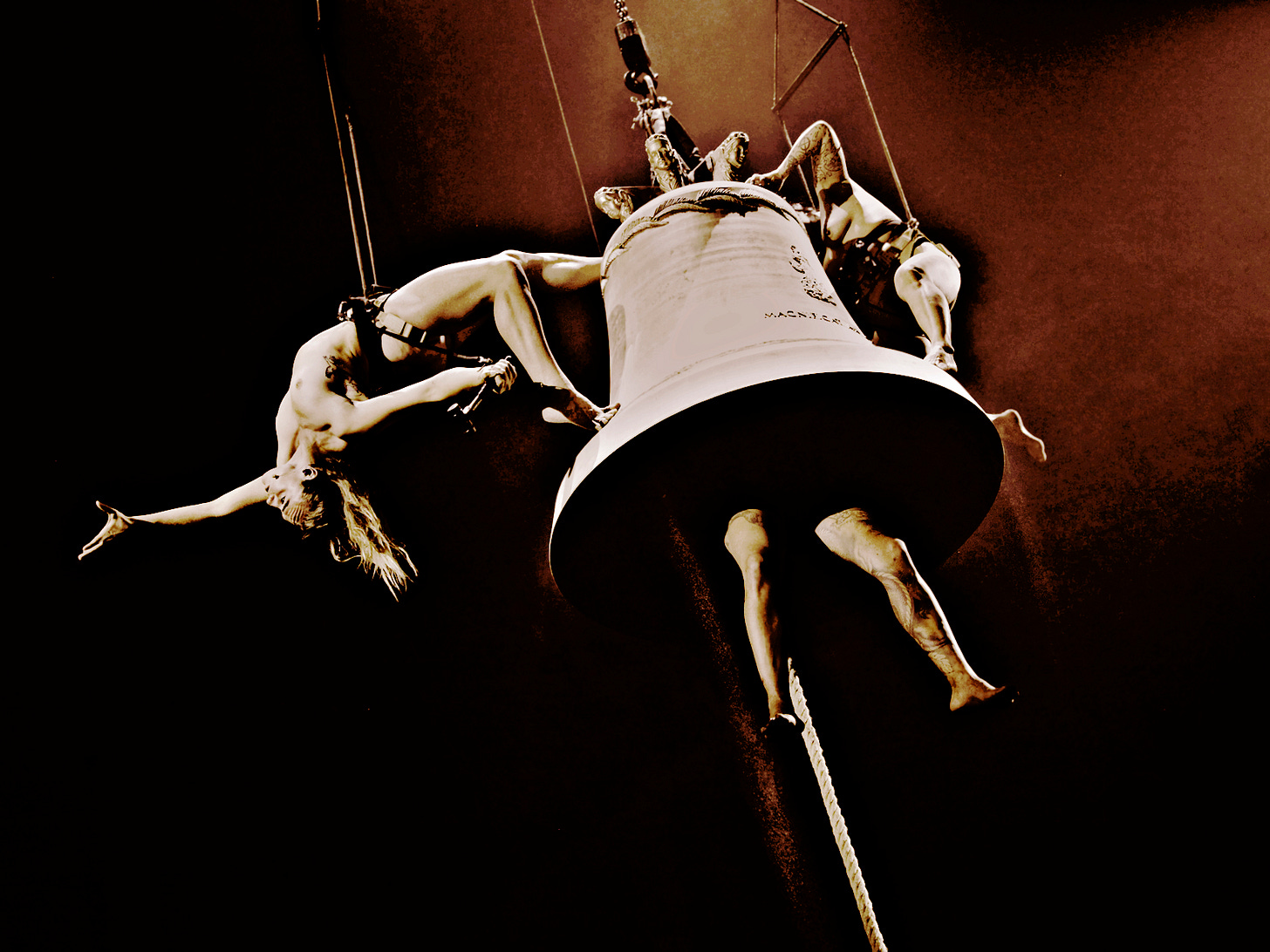Berlin Atonal 2023
Highlights from this year's performance and audio-visual art festival edition
Atonal has a long-standing history in Berlin’s experimental music and arts scene. Founder Dimitri Hegemann, a key figure of the city’s electronic music movement, organized five installments between 1982 and 1990, hosting legendary acts like Einstürzende Neubauten, Malaria!, Test Dept. and Psychic TV, at music club S…



